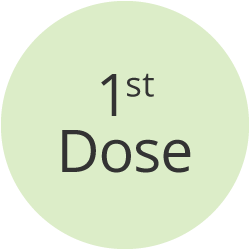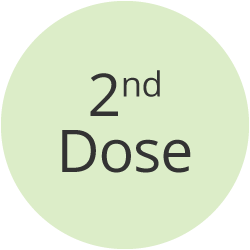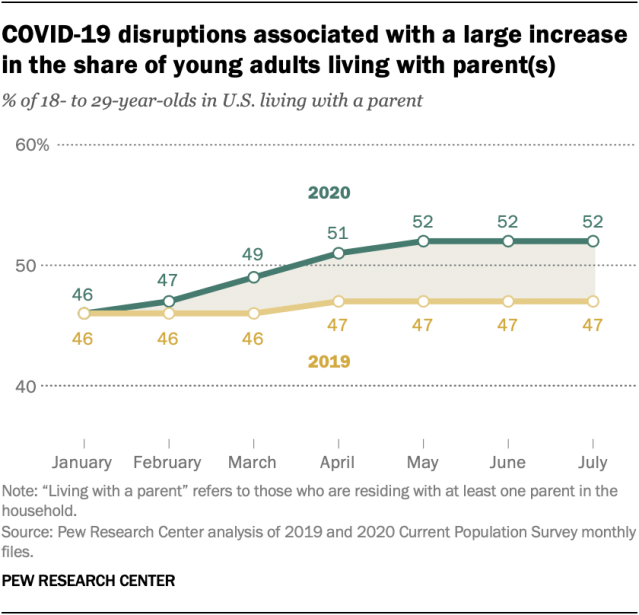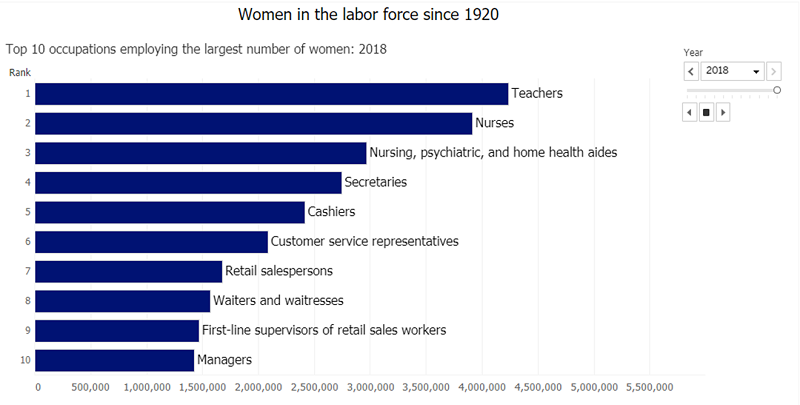"The Civil Rights Act of 1964, comprised of eleven titles and numerous sections, has been called
the “most comprehensive undertaking” to prevent and address discrimination in a wide range of
contexts.
From discriminatory voter registration practices to racial segregation in business establishments
and public schools, the Civil Rights Act of 1964enacted new prohibitions and protections
targeting discriminatory conduct in different forms and diverse contexts. The act not only created
new statutory rights, but also designed distinct methods of enforcing these rights, and established federal entities responsible
for the enforcement or facilitation of these protections as well. “In our time,” the Supreme Court has stated, “few pieces of
federal legislation rank in significance.”
Although the titles address discrimination based on race, color, religion, national origin, or sex, the Civil Rights Act of 1964
was principally a legislative response to ongoing and pervasive conditions of racial segregation and discrimination in the
United States. Such conditions included the enforced exclusion of black citizens from a host of services and establishments
affecting much of daily life: public libraries, public parks and recreation systems, public schools and colleges, restaurants,
hotels, businesses, performance halls, hospitals and medical facilities, and any other setting designated as “white-only.”
Legislative history reflects that Titles II, III, IV, and VI, for example, were enacted to address these forms of race-based
segregation and discrimination.
Though its titles share a thematic focus on discrimination, the 1964 Act—from a legal perspective—is perhaps best
understood as a series of unique and distinct statutes.The titles vary in terms of the actions and practices they prohibit,
whether and how an individual may seek relief for the violation of a title’s requirements, and available remedies for particular
violations. Relatedly, where provisions of a title are enforced in federal courts, they have given rise to distinct lines of case
law, questions of interpretation, and application. Federal courts have also interpreted the titles as having been enacted on
different constitutional bases—the Commerce Clause, the Spending Clause, and the Fourteenth and Fifteenth Amendments..."
Civil Rights Act 1964





